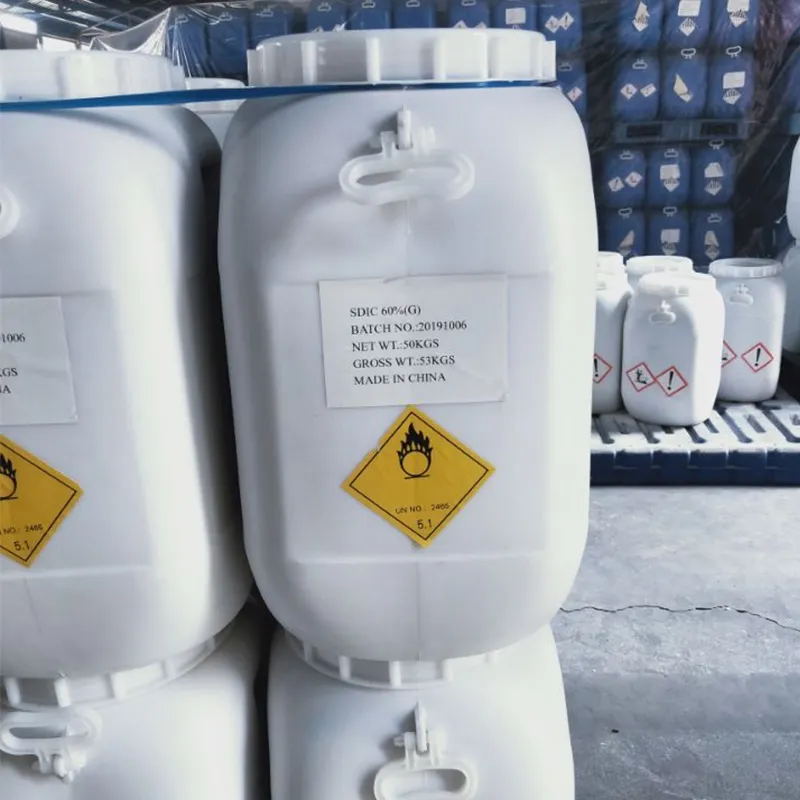
Understanding the Role of Gelling Agents in Food Products and Their Applications
The Role of Gelling Agents in Food Understanding Their Importance and Applications
Gelling agents are crucial components in the food industry, playing a significant role in the texture, structure, and overall quality of various food products. These substances, which include natural and synthetic compounds, create a gel-like consistency when combined with water or other liquids, thereby transforming the sensory characteristics of food. From jams and jellies to desserts and dairy products, gelling agents are essential in achieving desired culinary results.
One of the most common gelling agents used in food preparation is gelatin, which is derived from collagen found in animal bones and skin. Gelatin is favored for its ability to create a firm texture, making it ideal for products like gummy candies, marshmallows, and certain desserts. When heated, gelatin dissolves in liquid and upon cooling, it forms a gel. This reversible property allows chefs and food manufacturers to create a variety of textures in their culinary creations.
The Role of Gelling Agents in Food Understanding Their Importance and Applications
Pectin is another plant-based gelling agent commonly used in fruit preserves and jams. Sourced from fruits, particularly citrus peels and apples, pectin reacts with sugar and acid to create a gel when heated. This natural gelling agent complements fruit flavors, enhancing the overall taste and mouthfeel of the final product. Its versatility allows for the creation of low-sugar and no-sugar options, catering to health-conscious consumers.
gelling agent in food

In the realm of modernist cuisine, synthetic gelling agents such as sodium alginate and xanthan gum have emerged as popular alternatives. Sodium alginate, derived from brown seaweed, is known for its ability to form gels in the presence of calcium ions, which is widely utilized in spherification — a technique that allows chefs to create “caviar-like” beads. Xanthan gum, on the other hand, is a polysaccharide produced by the fermentation of sugar by Xanthomonas campestris bacteria. It is commonly used to stabilize emulsions and thicken sauces, providing a smooth texture without the need for heat.
The choice of gelling agent significantly affects the final texture and stability of food products. Factors such as temperature, acidity, and the concentration of the gelling agent must be carefully controlled to achieve the desired results. The proper use of gelling agents not only enhances product consistency but also improves shelf life, as the gel forms a barrier that helps preserve moisture and prevents spoilage.
As consumer preferences shift towards healthier, plant-based diets and innovative culinary experiences, the demand for diverse gelling agents continues to rise. Food manufacturers are increasingly exploring natural options to meet these demands while maintaining product quality and safety. This trend reflects a broader commitment to sustainability and health that is becoming increasingly important in today’s food landscape.
In conclusion, gelling agents are indispensable in the food industry, providing structure, texture, and stability to a wide array of products. From traditional gelatin to modern, plant-based alternatives, the variety of available gelling agents caters to a diverse range of culinary needs. As we continue to develop new food technologies and respond to evolving consumer preferences, gelling agents will remain a key ingredient in creating delicious, appealing, and innovative food experiences.
-
Nitrile Rubber Honoring Strict Production StandardsNewsAug.22,2025
-
Aspartame Ingredients Honoring Food Safety ValuesNewsAug.22,2025
-
Fertilizer for Balanced Plant NutritionNewsAug.22,2025
-
Cyanide Gold Processing with High Purity AdditivesNewsAug.22,2025
-
Formic Acid in Textile Dyeing ApplicationsNewsAug.22,2025
-
Aluminum Hydroxide Gel in Skincare ProductsNewsAug.22,2025
-
Regulatory Compliance for Global Mining Chemicals UseNewsAug.12,2025
Hebei Tenger Chemical Technology Co., Ltd. focuses on the chemical industry and is committed to the export service of chemical raw materials.
-

view more DiethanolisopropanolamineIn the ever-growing field of chemical solutions, diethanolisopropanolamine (DEIPA) stands out as a versatile and important compound. Due to its unique chemical structure and properties, DEIPA is of interest to various industries including construction, personal care, and agriculture. -

view more TriisopropanolamineTriisopropanolamine (TIPA) alkanol amine substance, is a kind of alcohol amine compound with amino and alcohol hydroxyl, and because of its molecules contains both amino and hydroxyl. -

view more Tetramethyl Thiuram DisulfideTetramethyl thiuram disulfide, also known as TMTD, is a white to light-yellow powder with a distinct sulfur-like odor. It is soluble in organic solvents such as benzene, acetone, and ethyl acetate, making it highly versatile for use in different formulations. TMTD is known for its excellent vulcanization acceleration properties, which makes it a key ingredient in the production of rubber products. Additionally, it acts as an effective fungicide and bactericide, making it valuable in agricultural applications. Its high purity and stability ensure consistent performance, making it a preferred choice for manufacturers across various industries.





